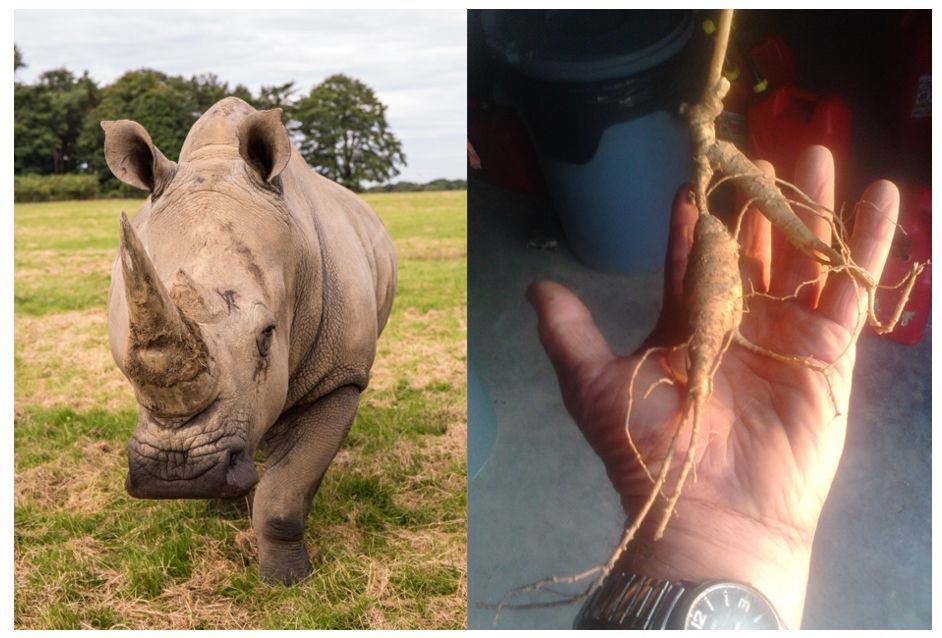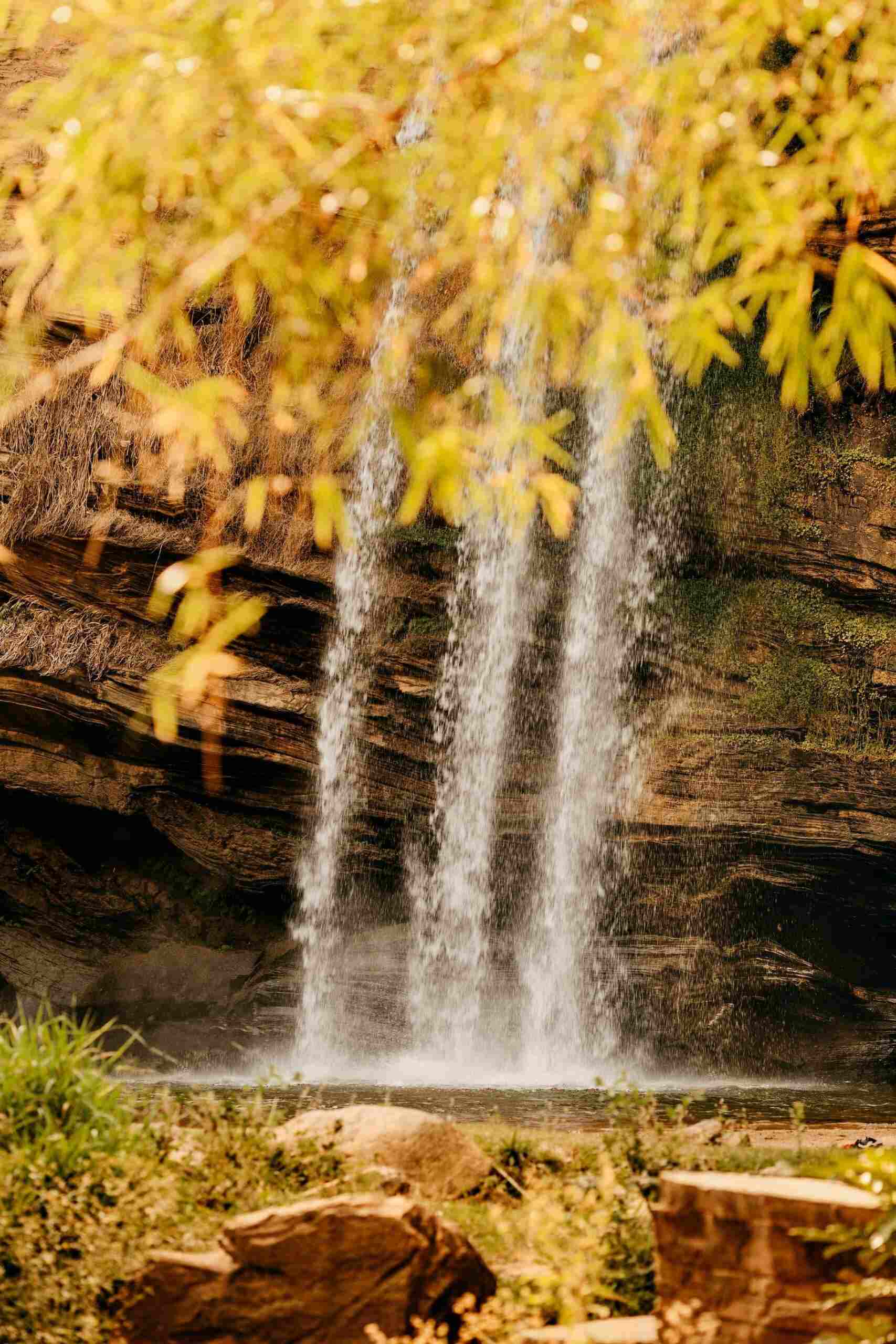

March 21, 2018 Blog Environment


The last Male Northern White Rhino died yesterday. Like rhinos, wild American Ginseng is protected by CITES (convention on international trade in endangered species). Male White Rhinos are now extinct. Is Ginseng next?
Wild American Ginseng is the last truly wild root on the planet. It is considered an indicator species for the health of forests, and many believe it has medicinal and spiritual properties. Regardless of what you think of herbal medicine or spiritual plants, Ginseng must not go the way of the white rhino.
Today, my son Sam, friend Josh, and I visited Middle Tennessee State University. We were escorted by Andrea Bishop, the top Ginseng person for the State of Tennessee.
The University is in Murfreesboro TN just South of Nashville. It is a beautiful campus surrounded by historic cemeteries and battlefields. This visit was not about history, rather to meet Dr. Iris Gao, a Chinese biologist working on cloning wild American Ginseng. Wild Ginseng is extinct in China, so Dr. Gao is working in TN because it is the third largest Wild Ginseng exporting state in the U.S. The root grows very slowly and is reported to live as long as 150 years. Wild Ginseng root sells for as much as one thousand dollars a pound and cannot (as of yet) be cultivated. It must grow in the wild, under very specific conditions. Dr. Gao is hoping to change this.
Ginseng grows on Coal Creek Farm. Dr. Gao and associates are looking to wooded land owners to help test DNA strands as well as test some of her lab grown Ginseng seeds. These seeds will grow and become “simulated” Wild Ginseng. It is the State as well as the University’s hope that simulated Ginseng will contain most if not all of the properties of Wild Ginseng, but will be able to be grown by farmers.
Initial testing of Ginsenosides (the active ingredient) at MTSU are promising. While simulated will never take the place of the natural root, it might take some of the demand side pressure off the market.
If there is less demand for the wild root, the plant will have a greater chance of survival in the forests. We are very lucky at Coal Creek to have natural growing roots and are looking forward to being a part of Dr. Gao and the Universities’ research.
What I often find when visiting academics is that because of their training, they operate in a bit of a vacuum.
There are so many factors affecting the fate of Ginseng; these include cultural, economic, social and environmental factors. I am hoping that my evolvement will offer some common-sense business thoughts to the university’s efforts.
Stay tuned for more as Dr. Gao will be visiting the farm in the next few weeks and taking some samples.




April 25 2023 Blog Environment
Some scientists estimate that native grasslands have declined by as much as 99 percent. By some estimates, this resulted in three billion fewer birds on the landscape than 50 years ago. This has harmed both the eastern meadowlark and the bobwhite which are both found on Coal Creek.


April 20 2023 Blog Environment
Historically, open savannas and woodlands were largely maintained by periodic fire, which served to remove dense blankets of accumulated leaf litter from the ground and promote the growth of fire-adapted trees, such as shortleaf pine. Due to the loss of periodic fire, it is estimated that at least 90% of shortleaf pine-oak savanna has been lost.